How and when to deadhead tulips – expert advice for better blooms next year
Discover how and when to deadhead tulips, a simple but vital task that will improve future flowering
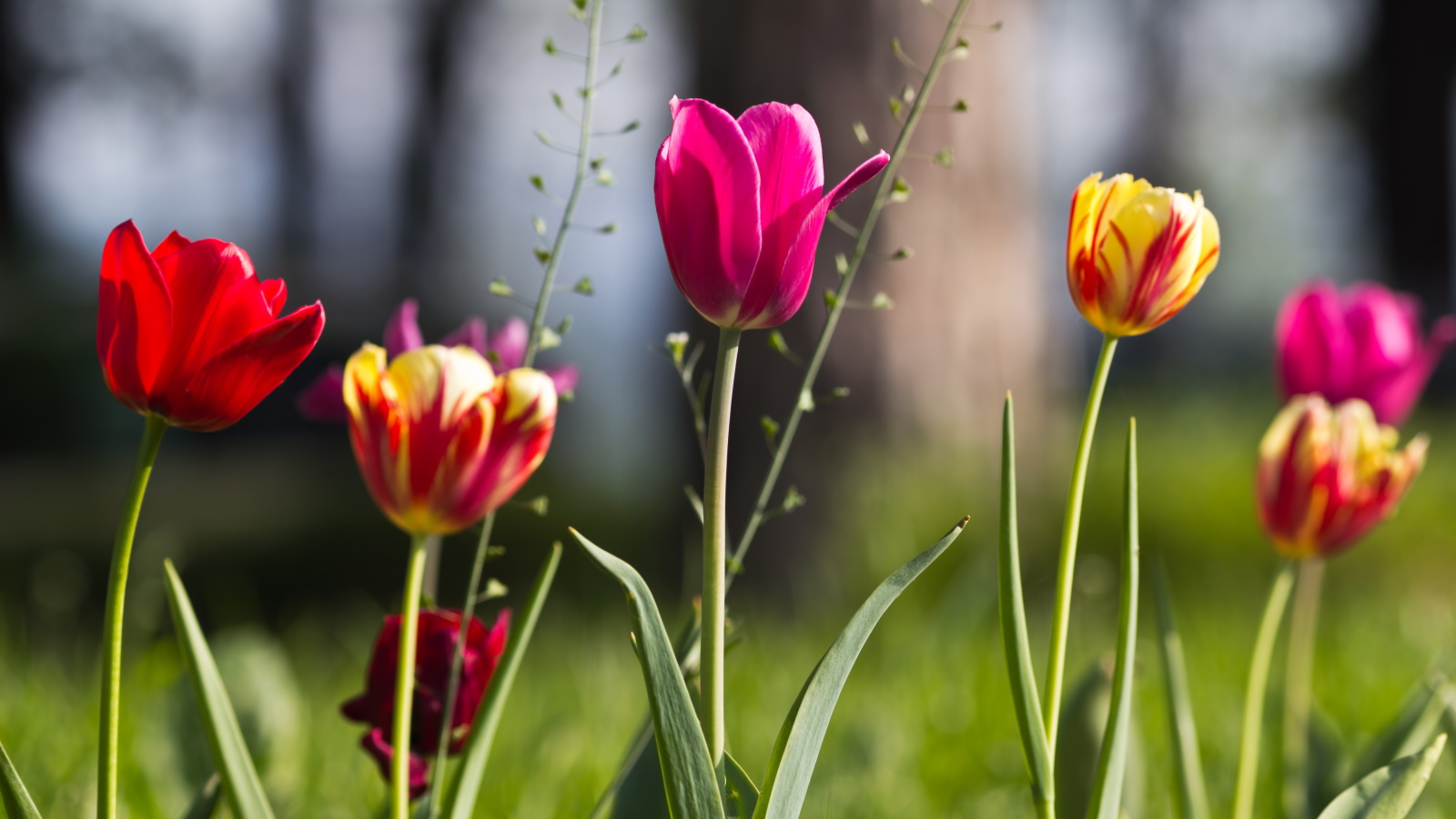

Deadheading tulips is a crucial aspect of tulip care. Knowing how and when to do this is important as it is an essential spring task for gardeners to complete once flowers begin to fade.
Tulips, perhaps the most popular of all the spring bulbs, are adored by gardeners the world over. Bright and brash, tulips are no shrinking violets. These bulbs demand attention when in bloom, with so many tulip types and varieties illuminating the garden borders in a rainbow of colors.
Once your tulips begin to fade, it is important to spend time deadheading your blooms, as this will ensure that your bulbs flower again next year. As a professional gardener, I have spent many a spring day deadheading tulips. Here, I share all I know on how and when to deadhead tulips.
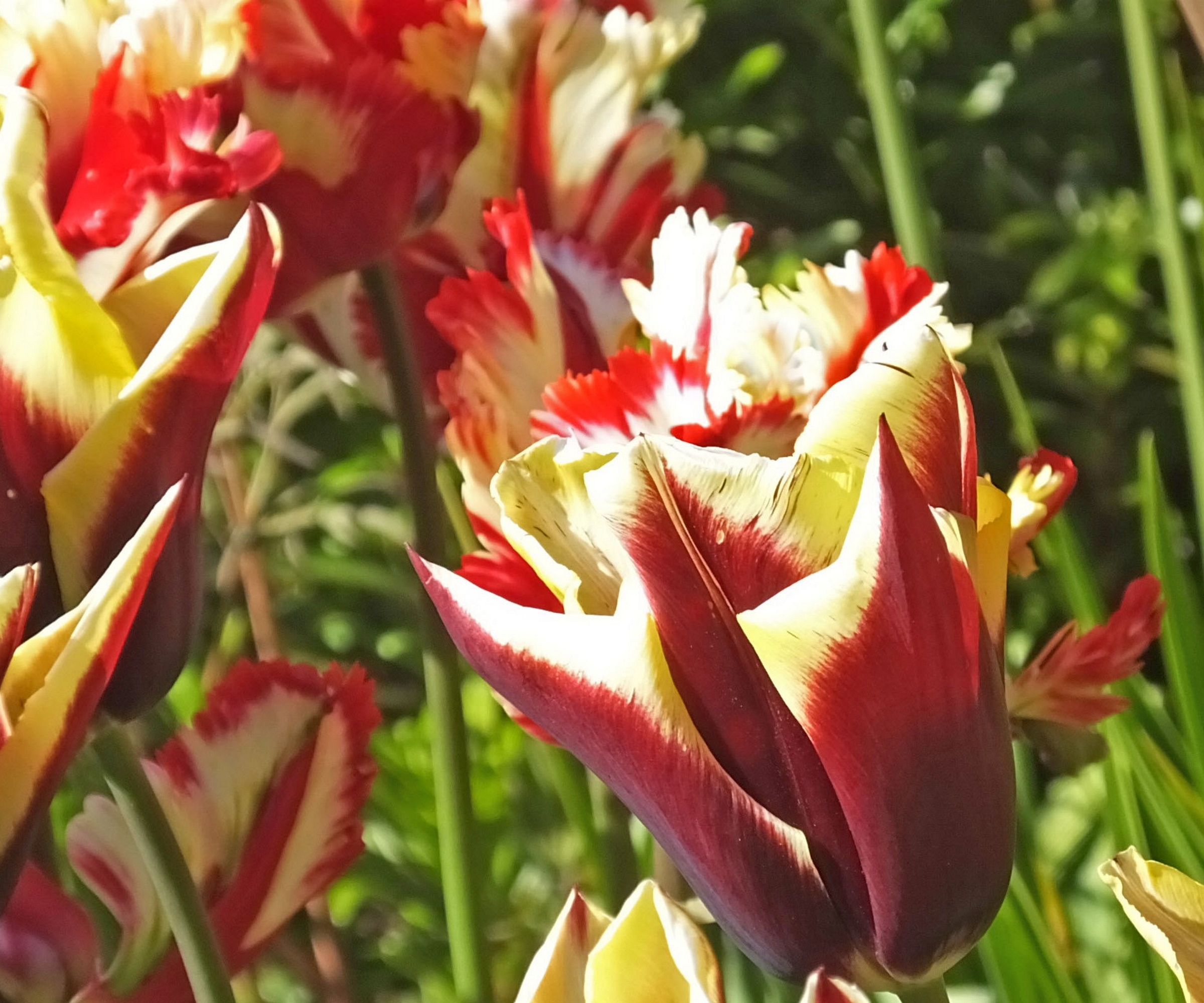
How and when to deadhead tulips
Tulips put on a spectacular floral show each spring, but once flowering is over and the petals begin to drop, it is time to deadhead your blooms. This spring task is essential for ensuring that your tulip bulbs will flower again next year.
Why should you deadhead tulips
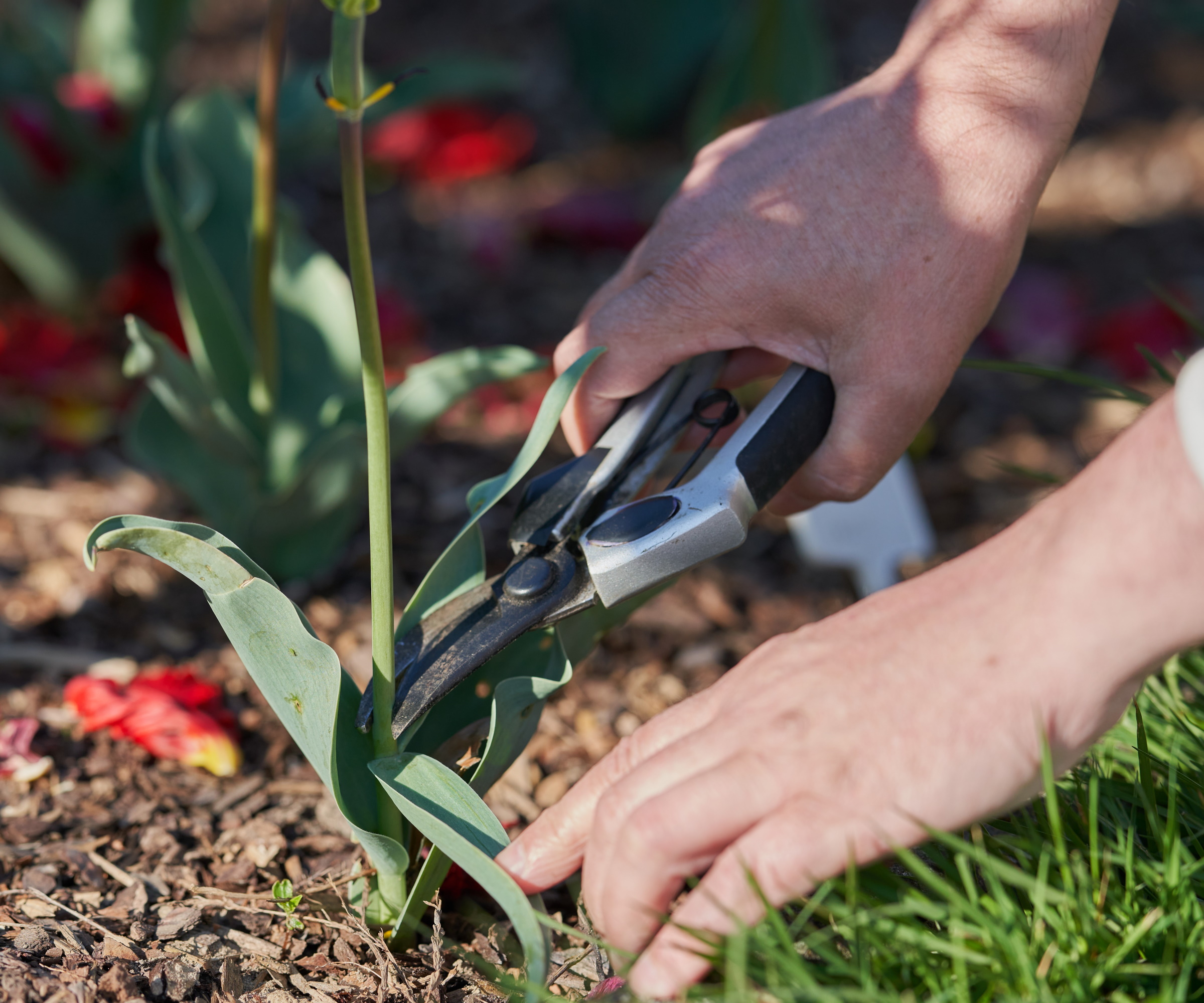
Gardeners ponder the same question year after year - what to do with tulips after they bloom? There are two options to decide between: gardeners can either lift tulips after flowering, storing them and replanting them in the fall, or leave them in the ground, treating them as perennials.
Both options have merit and can result in reblooming tulips in the subsequent year(s). While tulip bulbs can be left in the ground in well-draining soil and come back for a second or third year, as a gardener, I would always recommend lifting tulips towards the end of spring or early summer. In my experience, bulbs stored for the summer tend to have a greater chance of flowering the following year.
Whatever your choice, whether you lift or leave your tulip bulbs, deadheading is important. 'Without deadheading tulips, bulbs will expend energy on seed production,' says Rachel Bull, head of gardens at Homes & Gardens. 'By removing the top of the faded flower stem, no seed can be produced and the energy produced by photosynthesis is conserved and retained in the bulb,' Rachel adds. 'This gives your tulips the best chance of reflowering the following year.'
Importantly, if you are growing species tulips, such as Tulipa sylvestris or Tulipa sprengeri, you should refrain from deadheading. Species tulips will naturalize if allowed to go to seed and spread. Species tulips are typically planted in meadows and grass areas, creating a natural, wild look.

Rachel is a gardening editor, flower grower and floral designer. Her journalism career began on Country Living magazine, sparking a love of container gardening and wild planting. After more than a decade writing for and editing a range of consumer, business and special interest titles, Rachel became editor of floral art magazine The Flower Arranger. She then trained and worked as a floral designer and stylist in London for six years, before joining the Homes & Gardens team.
How to deadhead tulips
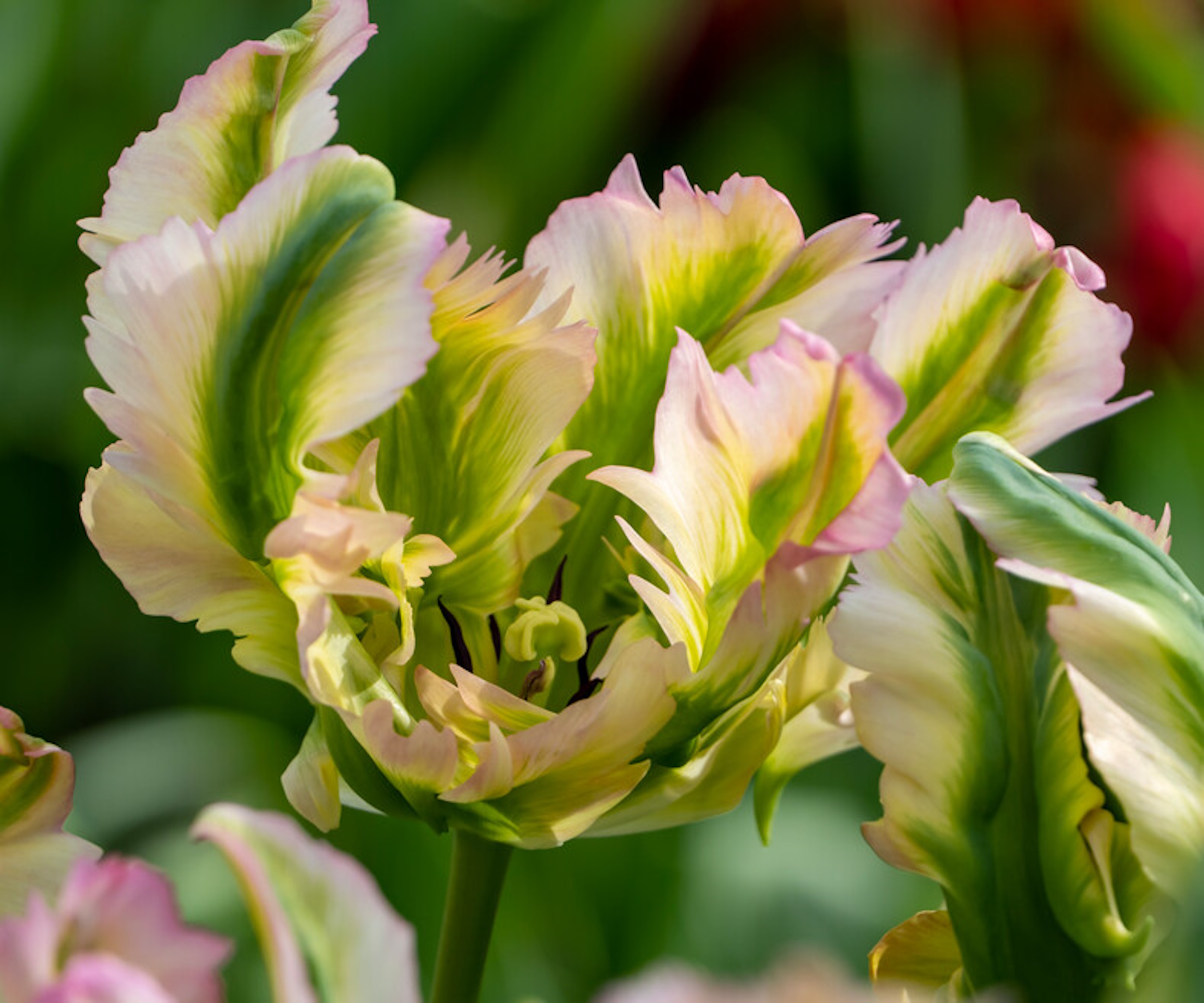
Knowing how to deadhead tulips is important, as doing so correctly allows bulbs to store energy that will encourage the flowering process in the subsequent spring.
The most important deadheading tip to remember is that you only need to pinch off the flower head, or the top 1 or 2 inches of the stem. You do not need to prune the whole stem down to the base of the plant, conversely, it is recommended that you leave the stem in place. This is because the green fleshy tulip stem can photosynthesize, meaning it can produce energy for the bulb. Removing the stem reduces the amount of energy the bulb can produce.
For gardeners wondering how to deadhead daffodils, the approach for tulips is much the same, requiring only the removal of flower heads after blooming is complete.
So, grab your clean, sharp secateurs, or use your hands, and carefully twist or snip the flower head once the petals have fallen. It really is that simple.
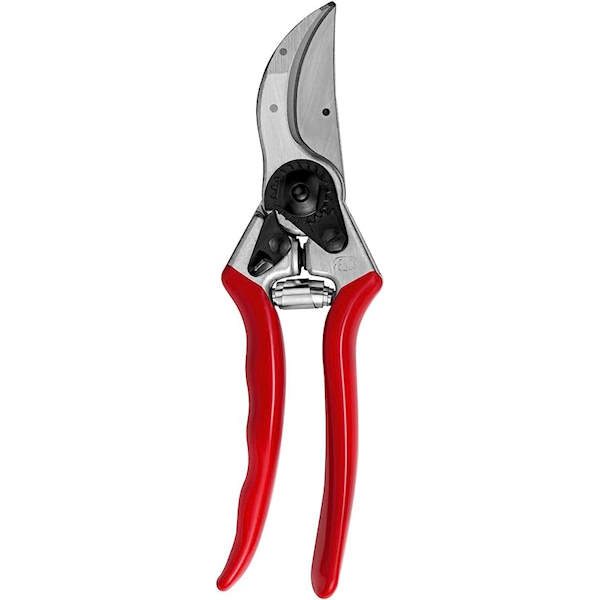
These Felco garden secateurs are perfect for cutting tasks in your yard. With a cutting capacity of up to 1/2 inch, it is best suited for smaller stems, bushes and flowers. These small, light but still strong secateurs will assist with all your pruning needs.
When to deadhead tulips
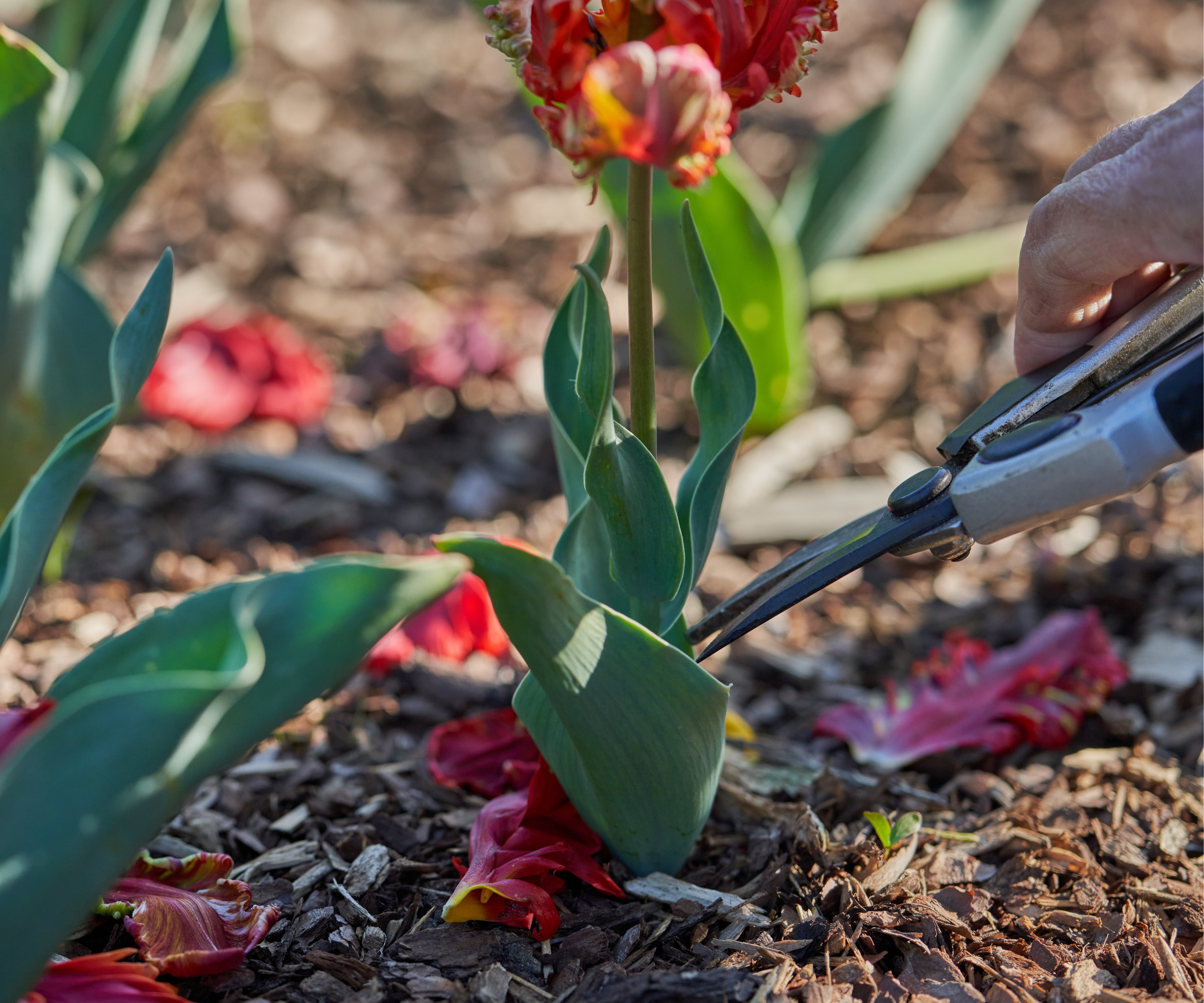
Gardeners should deadhead tulips after the blooms have faded and petals have dropped. While it is difficult to give an exact time, this can be anywhere from mid to late spring, depending on your location, climate, and the types of tulips you are growing.
As a professional gardener, I tend to prefer deadheading little and often, spending five minutes on this quick garden task every few days. Do not wait for all your tulips to finish flowering to complete this job, as seed production can begin quickly.
FAQs
Should I remove any foliage when I deadhead tulips?
When considering how best to deadhead tulips, remember that you are only pinching the top 1 to 2 inches of the flower stem, preventing the seedpod from forming.
Do not remove any foliage when deadheading tulips because the bulb needs to photosynthesize as much as possible before entering dormancy. When the foliage turns yellow and begins to drop, typically in early summer, you can cut back the foliage or lift your bulbs.
Deadheading tulips is an important task for gardeners to complete, and doing so will help your bulbs to flower again in subsequent years. Another important step is learning how to fertilize tulips, as feeding your bulbs can also help them to thrive the following year.
Sign up to the Homes & Gardens newsletter
Design expertise in your inbox – from inspiring decorating ideas and beautiful celebrity homes to practical gardening advice and shopping round-ups.

Thomas is a Content Editor within the Gardens Team at Homes and Gardens. He has worked as a professional gardener for both public spaces and private estates, specializing in productive gardening, growing food and flowers. Trained in Horticulture at the Garden Museum, he has written on gardening and garden history for various publications, including The English Garden, Gardens Illustrated, Hortus, The London Gardener and Bloom. He has co-authored a Lonely Planet travel book, The Tree Atlas, due out in 2024.
-
 What colors go best with butter yellow? 8 equally delicious shades to pair with spring's hottest color trend
What colors go best with butter yellow? 8 equally delicious shades to pair with spring's hottest color trendInspired to elevate your home this spring with chic pale yellows? Here are the best colors to complete your scheme
By Emily Moorman
-
 Sarah Michelle Gellar's entryway is tranquil and elegant thanks to white and wood accents – her neutral style is replicable from $33
Sarah Michelle Gellar's entryway is tranquil and elegant thanks to white and wood accents – her neutral style is replicable from $33The actress's entryway features a wood console table, wood floors, and crisp, white paint for a warm and inviting atmosphere
By Hannah Ziegler